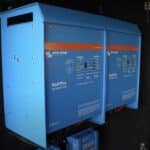
MENUMENU
TALK TO AN EXPERT
Special Hours: 7AM – 6PM PST
TALK TO AN EXPERT
Special Hours: 7AM – 6PM PST
Greater battery efficiency extends your time on the water and helps you maximize your investment. Understanding the unique demands of marine batteries is critical to maximizing the performance and lifespan of your power sources.
This guide explores strategies to boost battery efficiency and keep your vessel running smoothly, no matter how far you venture from shore. We’ll share essential battery installation, maintenance, and storage best practices.
A marine battery is a core component of your vessel—and your adventure—so making the right choice is crucial. Your battery must reliably power various onboard electronics and systems, from navigation equipment to lighting and refrigeration.

Depending on your boat’s size and power needs, you’ll want a battery with sufficient capacity to run your systems for extended periods. A marine battery should also be easily charged and maintained through shore power, solar panels, or the boat’s alternator. Batteries that can be recharged quickly and efficiently will help keep you on the water longer and reduce the need for alternative power sources.
Marine environments can be harsh, with exposure to moisture, salt, and vibration. The battery you select should be rugged enough to withstand these conditions and provide a long service life. In addition, safety features such as flame-retardant casings and battery management system protection against overcharging, overheating, and short circuits are essential.
Optimal maintenance and management are vital to maximizing battery efficiency. The better you look after your battery, the longer it will last and run to its fullest capabilities.
Installing marine batteries can be complex and require specialized knowledge to ensure proper wiring, ventilation, and safety protocols, whether they are lead acid or lithium batteries. While DIY battery installation can save money, it can also be time-consuming. If something goes wrong, you’ll also be left without support or a warranty.
Professional installers often provide expert recommendations and ongoing support for their work. This alone makes hiring a professional installer a safer and more reliable, especially for larger or more complex systems. Battle Born Batteries can help you find a suitable certified installer for your setup.
Lead acid batteries are more prone to wear and degradation and need extra careful monitoring. For instance, discharging lead acid batteries below 50% of their rated capacity increases a chemical reaction known as sulfation. This damages the battery and reduces its life. Battle Born lithium batteries, on the other hand, achieve 100% depth of discharge (DoD) without affecting the battery.
In addition, lead acid battery systems need good ventilation due to the heat they put off during operation. By contrast, Battle Born lithium batteries don’t have specific location and orientation requirements and are a safer option.
The following maintenance tips can help you optimize your battery efficiency:
Regularly check your battery to ensure it’s operating within the recommended parameters. A battery monitor measures a battery’s voltage, current, capacity, and temperature in real time. This is extremely useful for understanding and monitoring your energy storage system.
Another helpful maintenance tool is a load tester. A load tester measures a battery’s voltage under a specific load condition, enabling you to quickly and easily assess the functionality of your battery system.
Keep the battery’s terminals and connections clean and corrosion-free, which is especially important and needed regularly with lead acid batteries. Continually inspect for signs of buildup or damage and address them promptly.
While chargers can be compatible with many battery types, they don’t all charge them optimally. Make sure you use a marine-grade charger designed for the specific type of battery you have. Overcharging the battery can cause damage over time, so always follow the manufacturer’s recommended charging guidelines.
Extreme temperatures, whether hot or cold, will negatively impact the lifespan and performance of your battery. Store the battery in a cool, well-ventilated area with low humidity and out of direct sunlight.

Batteries have varying resistance to heavy use and deep discharge. To ensure battery efficiency and proper maintenance, choose the right lithium iron phosphate (LiFePO4) batteries based on your specific needs.
Choose lithium batteries with a battery management system (BMS) that includes low-voltage disconnect protection.
Perform periodic equalization charges to help balance the cells within the battery and prevent premature degradation.
While lithium-ion batteries can handle a 100% depth of discharge without issue, repeatedly doing so can reduce their lifespan. To maximize the longevity of your batteries, try to avoid completely depleting them.
If you anticipate temperatures dropping below -15°F, we recommend removing LiFePO4 batteries for storage and keeping them in a warmer environment. While LiFePO4 batteries are more resilient to temperature changes than other battery types, they still require protection from extreme cold during charging. If the internal temperature is below 24°F, they won’t take charge as protection against the lithium plating.
Lithium batteries will experience a small amount of energy depletion when left unused for long periods. Before storing, it’s best to charge the battery fully. During storage, disconnect the lithium battery from any power source, such as radios, clocks, or other devices that may draw a small amount of power.
With these best practices, you can ensure battery efficiency and maximize its lifespan.
LiFePO4 batteries are generally considered safer than other lithium-ion battery chemistries and lead acid batteries. Their more stable, less reactive chemical structure offers a lower risk of thermal runaway. This also makes them less likely to experience issues like overheating and short circuits, which can lead to safety problems.
In addition, they typically have an internal battery management system that monitors conditions and shuts down the battery if it detects unsafe conditions. Since the batteries are sealed, they remain well protected from moisture.
LiFePO4 batteries also have a longer cycle life than other lithium-ion batteries and can handle more charge cycles. These safety advantages make them a good choice for marine applications, RVs, and off-grid living.
Maximizing battery efficiency is essential for a seamless, worry-free experience on the water. Proper installation, maintenance, and storage practices can extend the life and performance of your power sources.
Battle Born Batteries’ advanced LiFePO4 technology offers unparalleled efficiency, energy density, safety, and longevity. It’s a wise investment for any marine application.
With the guidance and support of the Battle Born team, you can unlock the full potential of your vessel’s power system and spend more time enjoying the open water. Contact us today to optimize your battery efficiency for endless adventures.
Shop Best Sellers
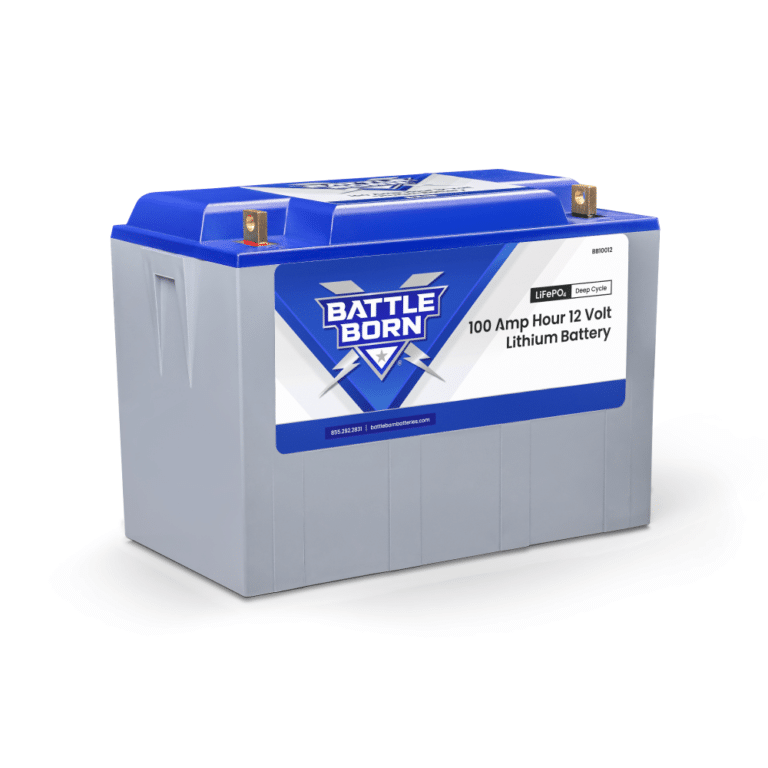
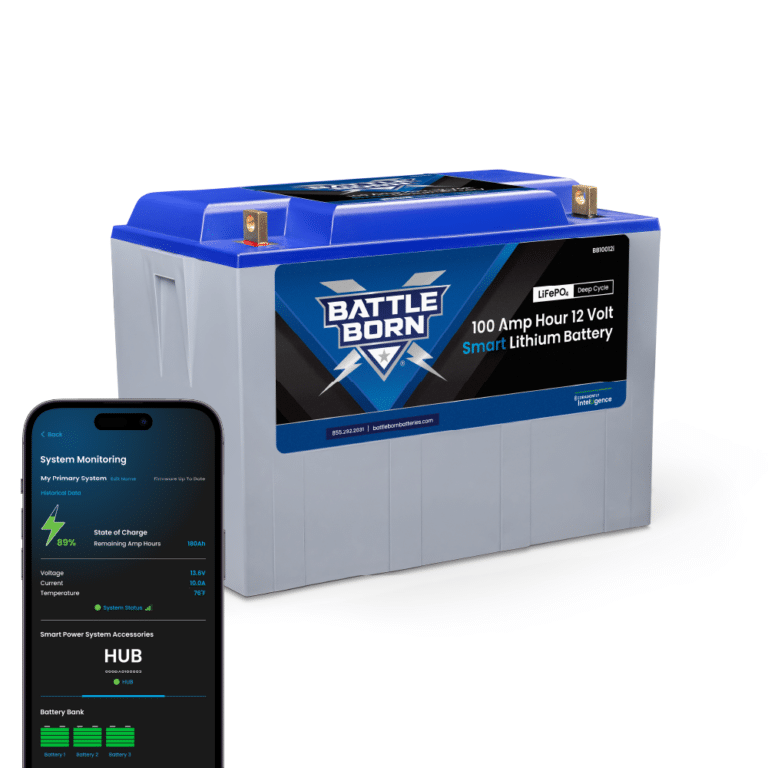
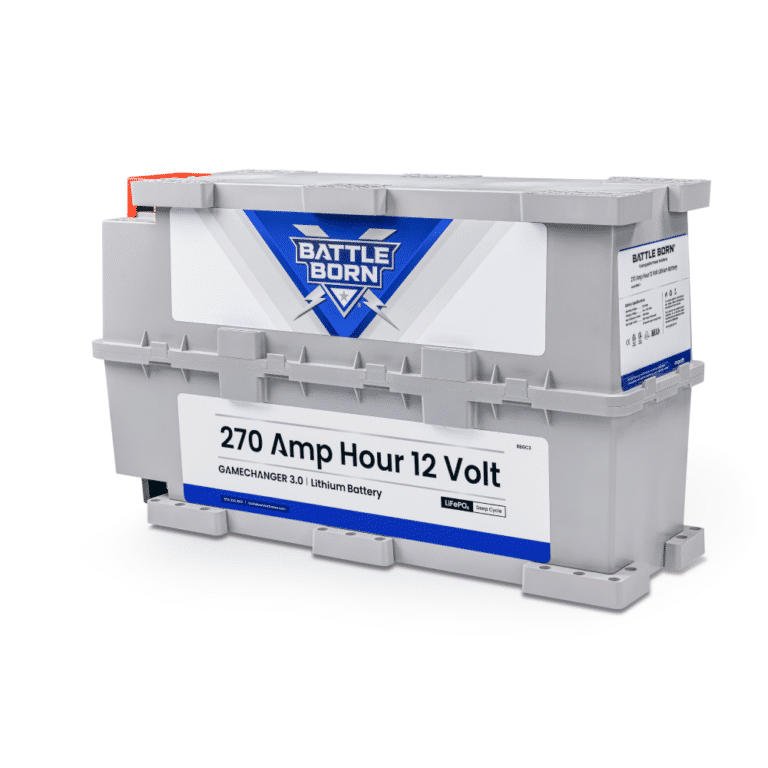
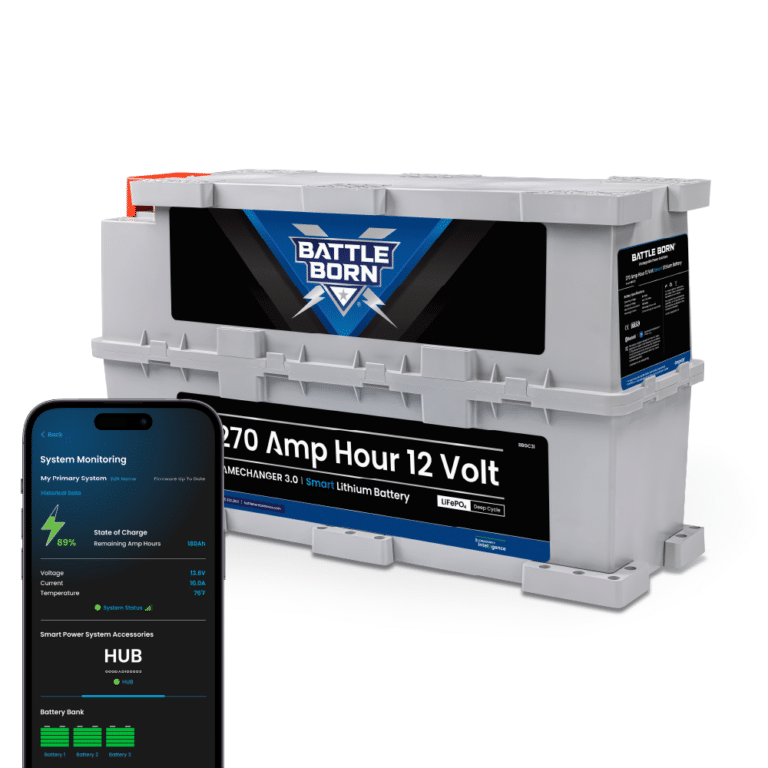
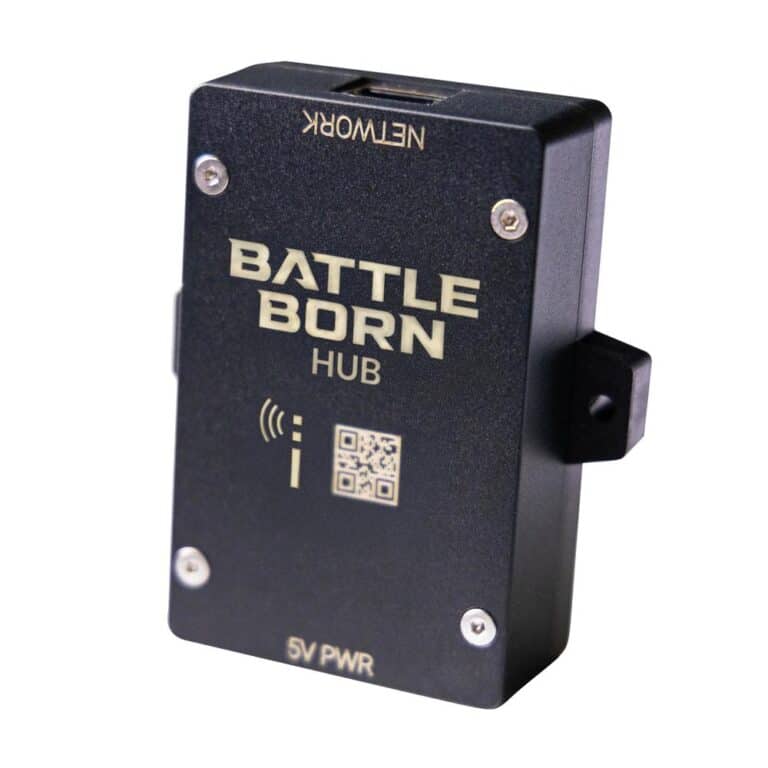
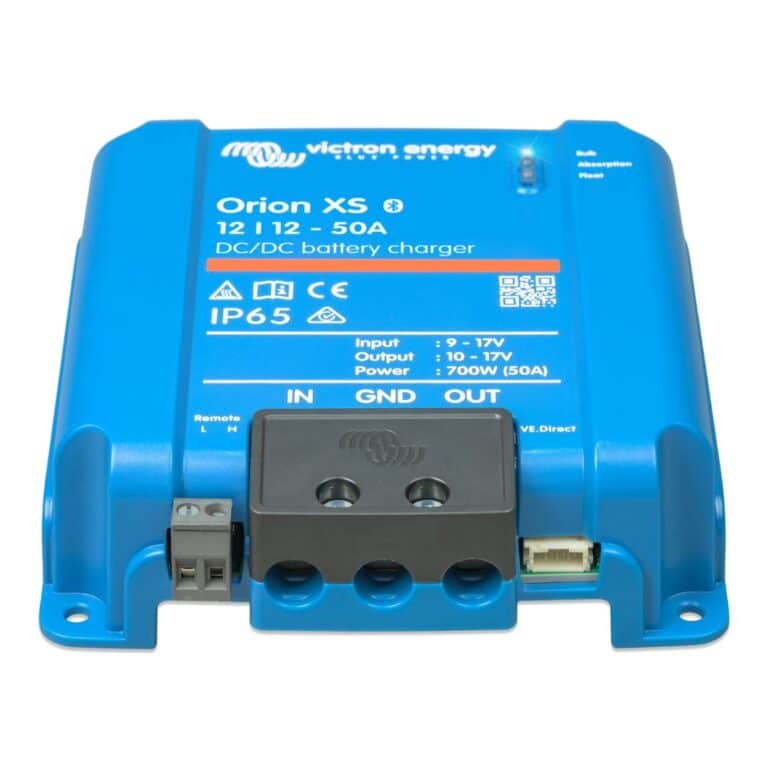
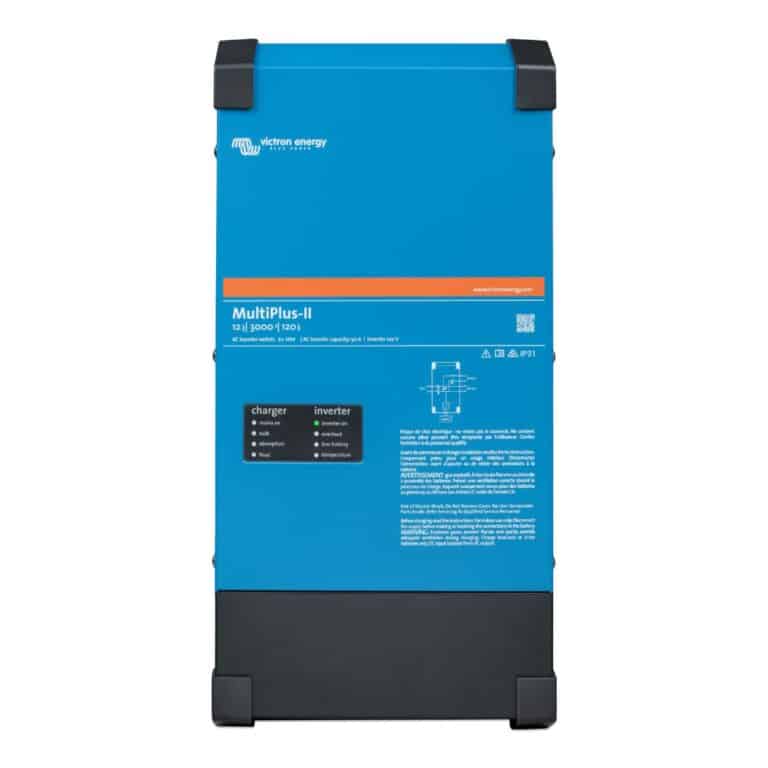
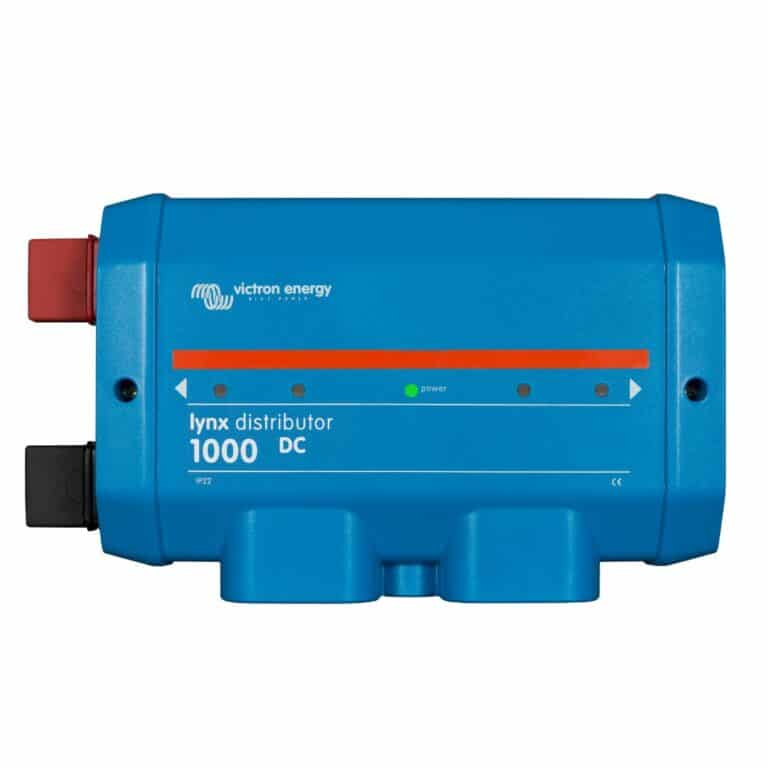
Ask a technical specialist now at 855.292.2831
Stay in the Know